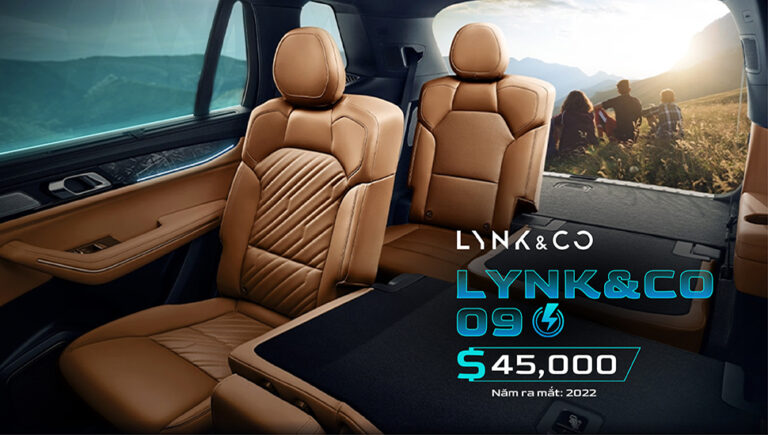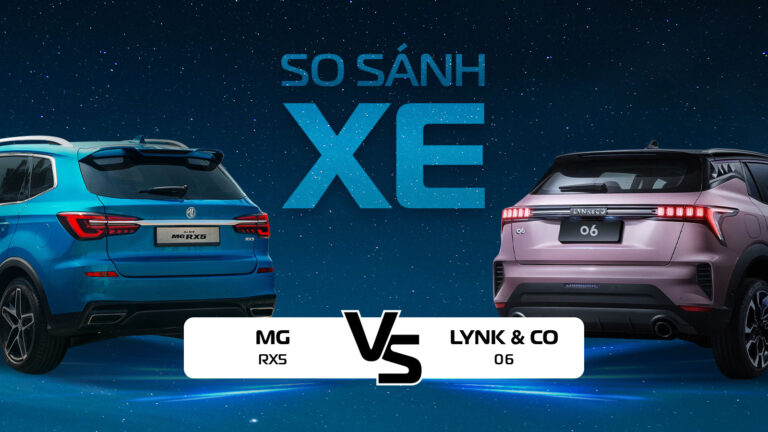In the world of cinema, the name James Bond has become inseparable from the number 007, spanning 27 films over 60 years. In the automotive world, names are far more than random strings of characters. They tell stories of history, inherited responsibilities, and sometimes entire philosophies condensed into simple numbers.
Porsche 911: Immortal Icon
No number in the sports car world carries more iconic weight than “911”. Born in 1963, the Porsche 911 was initially named 901, but since Peugeot had already registered copyright for all car names with zero in the middle, Porsche changed it to 911. A serendipitous coincidence created a legend – 911 isn’t just a model, it’s been the definition of pure sports car excellence for 60 years.
The Porsche 911 encompasses six main versions: Carrera, Targa, Turbo, Sport Classic, Dakkar, and GT3, spawning over 20 different variants. The “Turbo” badge on a Porsche Turbo stands worlds apart from the “artificial turbo seasoning” many mainstream manufacturers deliberately sprinkle on their products.
From its signature rear-mounted boxer engine to unmistakable design lines, the 911 has become Porsche’s ultimate DNA. Each new generation bears the responsibility of preserving this heritage while continuously innovating to keep pace with the times. Present in Vietnam since 2007, Porsche has successfully distinguished itself from the general concept of German cars, as the Porsche name alone carries more weight than any letter designation that follows.
BMW 3: The Number Segment
When German automaker BMW introduced the first 3 Series in 1975, they didn’t just create a small luxury sedan – they redefined the entire automotive segment. While the number 3 originally represented the car’s position in BMW’s product range, it gradually became the benchmark for all luxury sports sedans. The BMW 3 Series became an inseparable part of BMW’s history and future.
This simple number 3 shouldered the responsibility of setting driving dynamics standards in the D-segment. From sporty handling characteristics to the signature 50:50 weight distribution, the 3-Series has always been the target competitors strive to reach. The BMW 3 also served as a “brand ambassador,” globalizing the iconic kidney grille design concept, creating both “love and hate” about these twin kidneys across five continents.

BMW was the earliest car manufacturer to enter Vietnam in 1993-1994, establishing the first assembly joint venture even before Mercedes and Toyota, though fortune hadn’t fully smiled upon them yet. Only after deep collaboration with Thaco on January 1, 2018, did the BMW brand truly become BMW. In the late 90s and early 2000s, the BMW 3 was the most common luxury sedan on Saigon streets, alongside its siblings Mercedes E240, Lexus LS, Toyota Corolla, Honda Accord, and Mazda 626.
Mazda 626: Legacy of the Mazda Era
The 626 (known as Capella in the Japanese market) was a number intrinsically linked to Mazda’s golden age from the 60s to 80s. Three years after launching the two-door, two-seater Mazda Cosmo sports car, the Mazda 626 sedan was introduced in 1970 with ambitions beyond mere sales: it was destined to stand proudly alongside the Toyota Corona and Honda Accord in the years that followed.
The Mazda 626 gained worldwide recognition and appreciation from its fifth generation. Entering its sixth generation in 1997, the Mazda 626 achieved remarkable success for the brand, inspiring Mazda to introduce the sporty 626 MPS Concept at the Geneva Motor Show in 2000 as a greeting to the new millennium. At this point, the number 626 concluded its 30-year journey, making way for the Mazda 6 from 2002 to present. The Mazda 6 could be considered the seventh generation of the 626 lineage.
Although the name no longer appears on new models, the number 626 is remembered as historical testament to Mazda’s extraordinary creative capability in shaping practical, sports-oriented mainstream sedans.
Peugeot 5008: A Numerical Revolution
In Peugeot’s language, “5” isn’t just a number – it represents the mid-large vehicle segment in the brand’s ecosystem. Meanwhile, “00” beyond its copyright value indicates an SUV/Crossover, and the final “8” marks the product generation. More importantly, these numbers have witnessed Peugeot’s spectacular transformation from a mainstream car manufacturer into a near-luxury European brand.
Launched in 2009, the Peugeot 5008 was known as a traditional 7-seater MPV – representing Peugeot’s “family car” design philosophy at the time. However, responding to market trends and changing tastes, Peugeot made a bold decision: transforming the 5008 from an MPV into an SUV in 2017. The numbers in the 5008 name now carry a new responsibility: beyond being mere identification markers, they represent a promise of premium experience, advanced technology, and Peugeot’s bold vision in redefining the modern SUV concept.

The Peugeot brand has been present in Vietnam for more than two-thirds of a century with models 203, 303, 404, and 504. These cars weren’t just means of transportation but symbols of social status at the time. Notably, the Peugeot 203 convertible was considered one of the most popular luxury cars in Saigon during the 1950s. From model 203 to 5008, Peugeot has added “a zero” that carries multiple layers of meaning.
Lynk & Co 01: The First Zero to Number One
When Geely and Volvo collaborated to create the Lynk & Co brand, naming their first model 01 wasn’t simply a numbering exercise. It was a declaration of a new beginning – where Swedish technology meets Chinese ambition.
01 became the foundation for defining design philosophy and technology for all subsequent Lynk & Co products. From the integrated car-sharing system to the CMA (Compact Modular Architecture) platform similar to Volkswagen’s MQB platform, 01 set new standards for how a modern car should be developed.
With a numerical naming range from 01 to 09, Lynk & Co easily customizes version names across their lineup: For example, Lynk & Co 01 EV for the electric; 01 Hyper for high-performance vehicles; Lynk & Co 09/Roadster/Spyder. Present in Vietnam since late 2023, Lynk & Co is among very few Chinese car manufacturers with distinctive design – one glance at the front with its sharp headlights instantly reveals the brand’s identity.
How can we have numbers too?
Numbers, beyond being mere symbols for differentiation, often carry within them the codes of stories—tales of technological advancement, the ups and downs of brands, and sometimes, serendipitous events that turn into legends.
Every human being, from birth, is given a name and a number at an age. That age is biological, growing steadily over time. The “numbers” we live by in society are sometimes necessary, yet not everyone knows which numbers truly matter. Perhaps we should learn to find happiness in a certain number and stop turning life into a puzzle. Ten centimeters is deep enough, three minutes is long enough.






